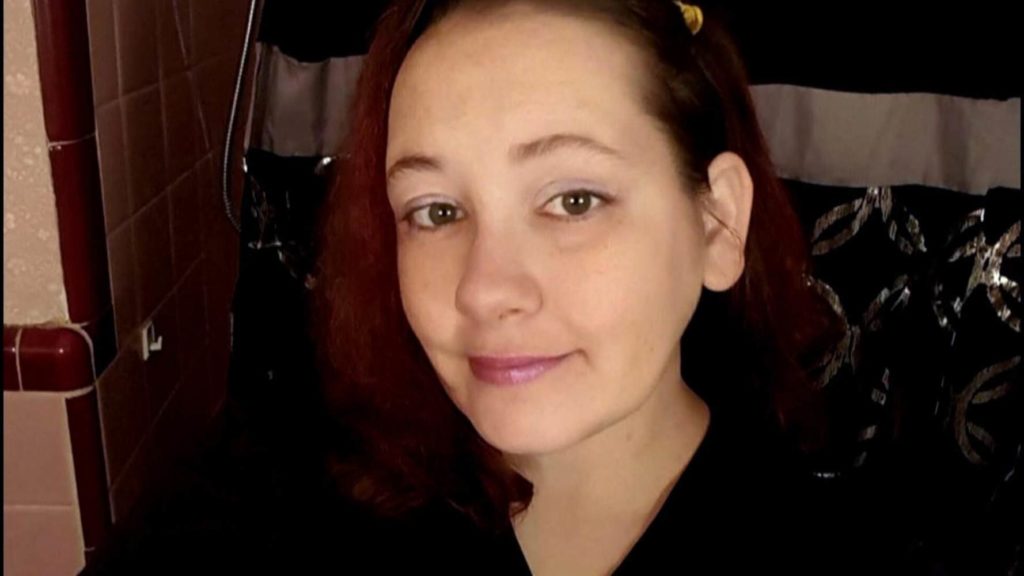There are two big takeaways – the price, and why Paradigm paid so much.
Sources indicate Paradigm has bought Foresight for around $150 million, a huge multiple for a relatively small company with trailing earnings of less than $5 million.
Foresight’s niche is narrow but important – the company’s core business is negotiating prices for implantable surgical devices. More recently the company entered the surgical services business with Encompass, a network of surgeons and facilities.
The announcement was pretty much what you’d expect, but the real news is why Paradigm paid what it did. First, a little history.
I’ll admit to wavering between being impressed with Paradigm and thinking it won’t ever become a significant force in the industry. As noted previously, the company has been around for the better part of three decades, and throughout that time has seemed to be just a year or so away from really breaking out.
Today’s no different.
That’s not to say Paradigm doesn’t have deep expertise and hasn’t produced excellent results for some clients – it most certainly has. The problem is two-fold; the original marketing message is tough – we can manage the really tough claims better than your claims staff can. Hard to see how a claims exec would jump at the chance to show a third party is better at a critical core skill than her or his staff.
The second is what Paradigm missed back then, and I’d suggest still doesn’t understand., Payers don’t like vendors that only solve part of their problem. What I mean is this – Paradigm asks a payer to give them data on claims that meet specific criteria. Then, Paradigm winnows thru those claims, picking the ones it can fix, and sending the rest back.
Wrong approach.
If a payer sends you a big bunch of problems, you should figure out a way to help with ALL OF THEM.
That may be one reason Paradigm recently bought a couple of case management companies; in addition to diversifying revenue sources and adding customers, the deals bring more ownership of nurses who will likely be used to service the cat claims that are Paradigm’s core business. That said, case management is a declining business under strong price pressure – just what you’d expect in a very mature industry.
Which brings us to Foresight.
Diversification, technology, and data on surgeries are all going to help Paradigm diversify even more. And, the surgical network may provide a consistent and growing revenue stream to complement the case management and somewhat-less-predictable catastrophic case business. It’s likely margins in the implant and surgical businesses are going to be much higher than case management and more in keeping with Paradigm’s cat case business.
From this outside perspective, this is the reason Paradigm’s owner Summit paid what it did. They’ve owned Paradigm for almost 2.5 years, and it’s time to get things ramped up for another equity event in the next few years.
What does this mean for you?
Good news indeed for anyone looking to sell their workers’ comp business!






